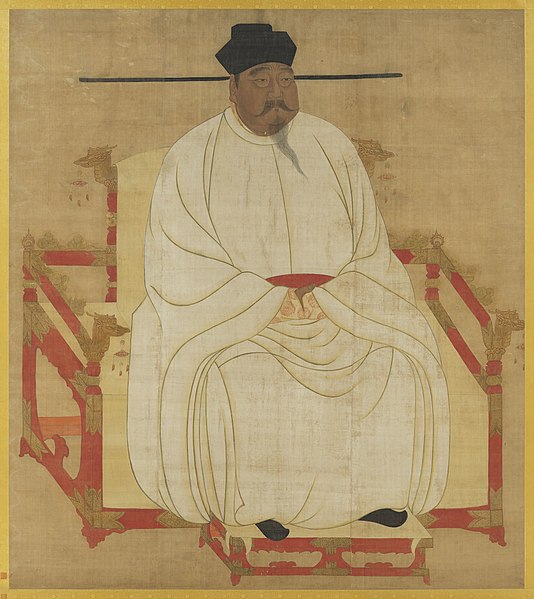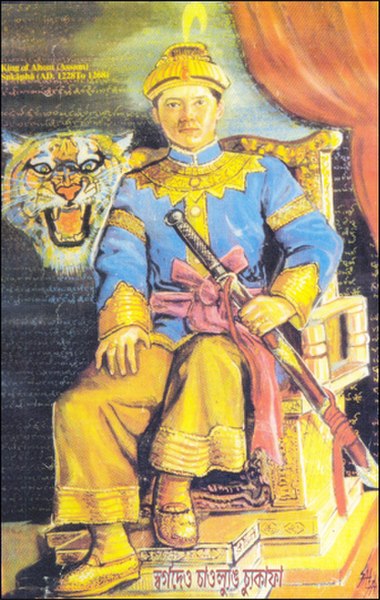The House of Orange-Nassau is the current reigning house of the Netherlands. A branch of the European House of Nassau, the house has played a central role in the politics and government of the Netherlands and elsewhere in Europe, particularly since William the Silent organised the Dutch Revolt against Spanish rule, which after the Eighty Years' War (1568–1648) led to an independent Dutch state. William III of Orange led the resistance of the Netherlands and Europe to Louis XIV of France, and orchestrated the Glorious Revolution in England that established parliamentary rule. Similarly, Queen Wilhelmina of the Netherlands was instrumental in the Dutch resistance during World War II.
William the Silent, Prince of Orange, leader of the Dutch Revolt, and stadholder of Holland, Zeeland, and Utrecht by Adriaen Thomasz. Key, c. 1580
Painting by Willem van Honthorst (1662), diachronically depicting four generations of Princes of Orange: William I, Maurice and Frederick Henry, William II, and William III.
The collateral house of Nassau: the four brothers of Willem I, prince of Orange: Jan (1536–1606), sitting, Hendrik (1550–1574), Adolf (1540–1568) and Lodewijk (1538–1574), counts of Nassau.
"The Nassau Cavalcade", members of the House of Orange-Nassau on parade in 1621 from an engraving by Willem Delff. From left to right in the first row: Prince Maurice, Prince Philip William and Prince Frederick Henry, between Maurice and Frederick Henry is William Louis, Count of Nassau-Dillenburg.
A dynasty is a sequence of rulers from the same family, usually in the context of a monarchical system, but sometimes also appearing in republics. A dynasty may also be referred to as a "house", "family" or "clan", among others.
Karikala, the Tamil King of Early Cholas, who built the ancient Kallanai Dam.
Zhao Kuangyin (Emperor Taizu of Song) was the founder of the Song dynasty in China.
Zhu Yuanzhang (Hongwu Emperor) was the founder of the Ming dynasty in China.
Sukaphaa was the first King of the Ahom dynasty in Assam, India.








